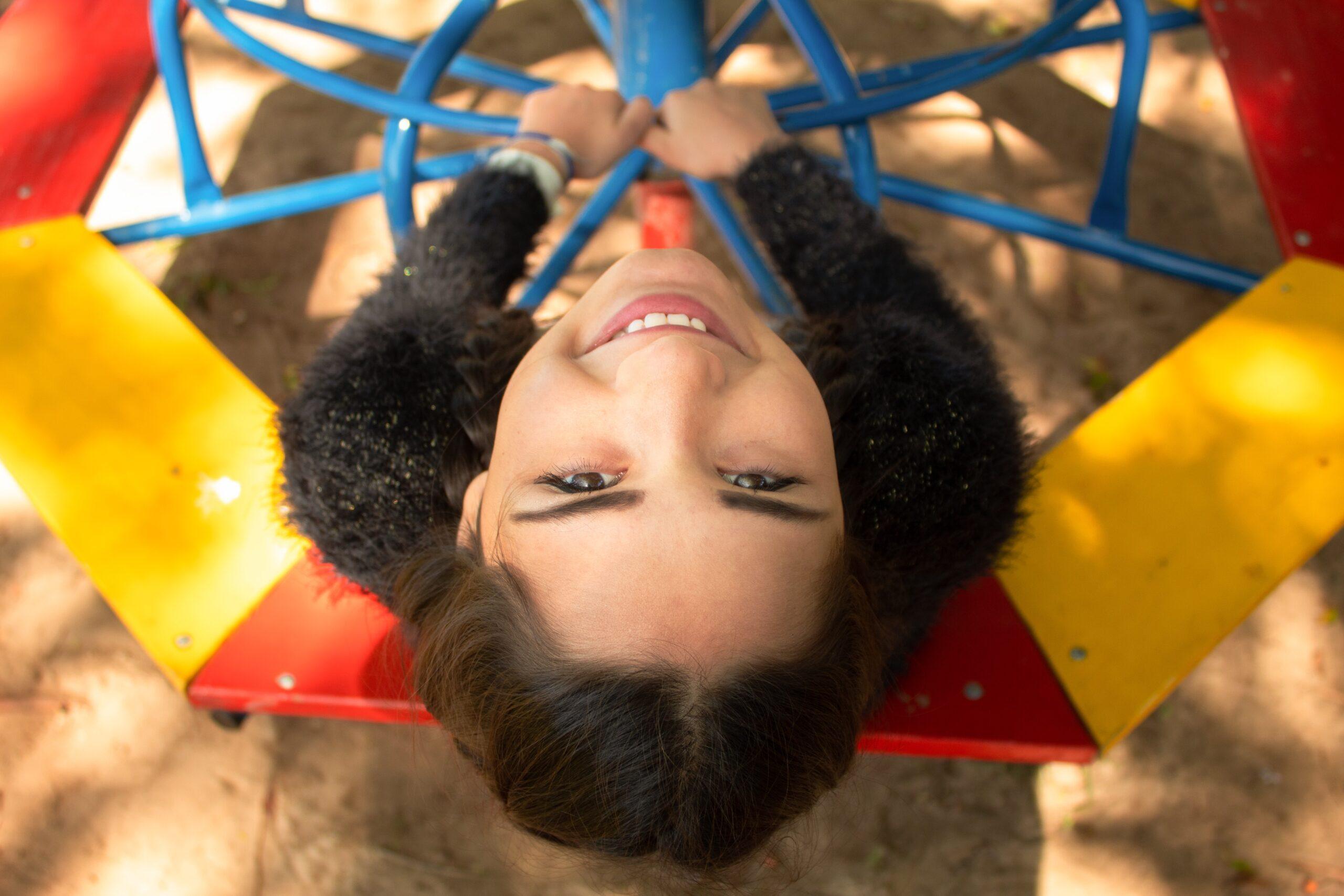It can be just as dangerous to overprotect your children as it is to do too little.
No matter how hard you try, you can’t eliminate risk. You can’t know all the actions you could take that might make your family a little safer, and even if you could, you’d never find the time to do it all. As our research clearly states, the solution lies in knowing where the line between action and acceptance lies.
When the book I wrote with Dr. Lisa Fiore, Your Anxious Child, was published in 2000, no one could have anticipated the flood of alarming news and tragic events that occurred in subsequent years. Yet in a post-9/11 culture, we are overwhelmed with images and messages about threats to our families— everything from bird flu and monster tsunamis to children suffocating in discarded refrigerators and teens being abducted in the tropics. There is the ever-present danger of global terrorism and the impending likelihood of another domestic terrorist attack. Even the weather appears to be going haywire! It comes as no surprise that the Surgeon General recently reported that 13 percent of children in this country have a diagnosable anxiety disorder— a 30 percent increase from ten years ago!
So what can you do? Two things: Follow the recommendations of experts about a limited set of actions that really will make your children safer, and when you’ve done that, get some advice on how you and your children can cope with the anxieties that taking such actions always provoke. There appears to be general agreement among mothers about the types of threats that most concern them. According to a recent Roper poll, there are eight common threats: weather emergencies; kidnapping; terrorism; inappropriate media influences; drugs and alcohol; child abuse; school violence and home safety. If you follow this advice, you can be confident that you have done what needs to be done to protect your children. Here are some examples of what the authorities say:
- Weather emergencies. If you live in a region that is prone to earthquakes, install safety latches on the insides of drawers and cupboards to avoid items falling on you, or breaking in the event of turbulence. Place heavy or breakable objects on lower shelves.
- Kidnapping. If after you have started your car, you notice a flyer taped to your back window, do not get out to remove it. Drive to another place before doing so. Abductors wait until you go to the back of the car, then they slip into the driver’s seat and drive off with your child. This a bigger threat if you notice a van parked next to the driver’s side of your car.
- Terrorism. Find out if your children’s schools have plans in place for emergency situations. Urge administrators to create such plans if they have not already done so.
- Inappropriate media influences. Help your children to differentiate between the values expressed by television, video games and music, and the values your family espouses. Have your children compare stereotypical roles of minorities, authority figures and women on television and their own experiences. They will be able to make more meaningful judgments in the future.
- Drugs and alcohol. Tell your children they can use their parents as an excuse: “My Mom would kill me if she thought I smoked pot.”
- Child abuse. Research indicates that the one most reliable sign that sexual abuse has occurred is a child saying it has. Sometimes children talk in a roundabout way and you have to listen carefully for clues, such as, “I really don’t want to go to Uncle Ray’s house right now. I don’t like it there.”
- School violence. Never keep any type of firearms in your home. More Americans are killed by a gun each year than by all other methods combined, and the killing is typically done by a gun owned by a family member. In most states, parents can be held liable for their children’s actions, including inappropriate use of firearms.
- Home safety. There are so many home safety tips that most parents don’t know. It’s hard to choose an example, but here’s one: A grandparent’s house may be a place that is not as childproof as your own home. You may not do things the way your parents do, but that should not be a cause for conflict. You and your parents need to confer about what is expected of the children, and the children themselves need to be explicitly prepared for staying at Grammy and Papa’s house.
Over time, safeguarding the family’s safety will reduce each member’s level of fear. In the short run, however, it is likely to evoke strong emotions. Involving children in safety plans often makes them more fearful, as they become more aware of the many dangers that exist. In children who already have a proclivity toward anxiety, safety planning will likely cause even stronger fears.




